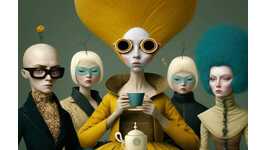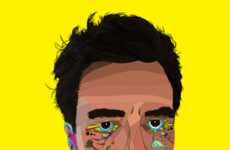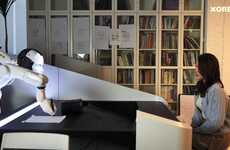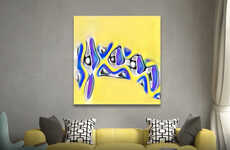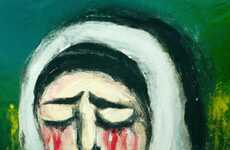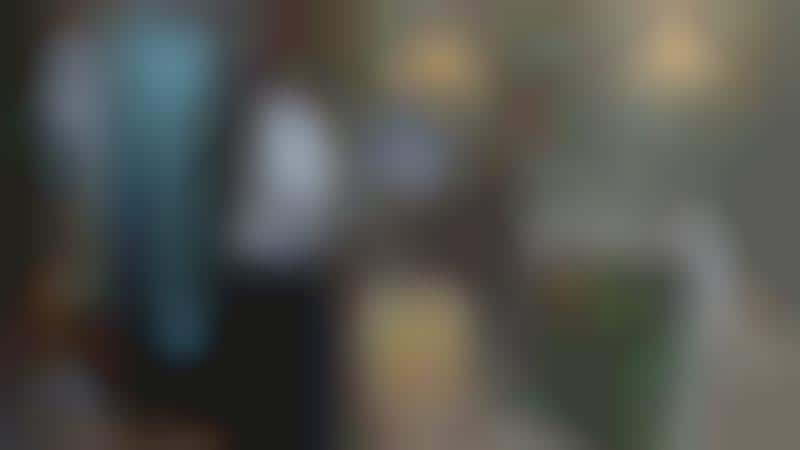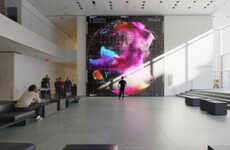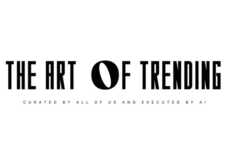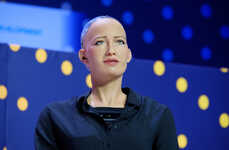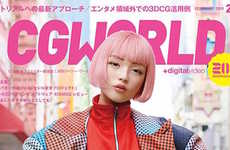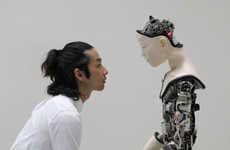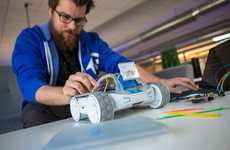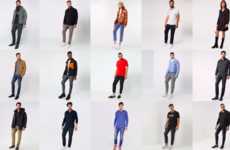
AI Art is Gaining Traction and It is Evident from Ai-Aa's Exhibition
References: ai-darobot & dezeen
Last year, a piece of AI art was auctioned off and fetched $432,000 USD. This year, the insertion of artificial intelligence into the artistic professions shows no signs of slowing down.
Ai-Da is "a humanoid robot [that is enhanced] by artificial intelligence." She was created by gallery director Aidan Meller and debuted her original works at the University of Oxford's St. John's College. The robot includes an inbuilt camera and a mechanical arm — which was developed by Leeds University. Both components are fully functional and make it possible for the robotic entity to complete AI art.
Using artificial intelligence, the algorithm detects and creates a virtual path, through which the arm can navigate and draw things from life.
Photo Credits: Victor Frankowski, Nicky Johnston
Ai-Da is "a humanoid robot [that is enhanced] by artificial intelligence." She was created by gallery director Aidan Meller and debuted her original works at the University of Oxford's St. John's College. The robot includes an inbuilt camera and a mechanical arm — which was developed by Leeds University. Both components are fully functional and make it possible for the robotic entity to complete AI art.
Using artificial intelligence, the algorithm detects and creates a virtual path, through which the arm can navigate and draw things from life.
Photo Credits: Victor Frankowski, Nicky Johnston
Trend Themes
1. AI Art - The trend of integrating artificial intelligence into artwork creation reveals opportunities to explore innovative expressions beyond human capabilities.
2. Robot Artists - The rise of AI-generated art through humanoid robots represents the potential of technology to leverage creativity and accessibility in artistry.
3. Mechanized Art Creation - The convergence of robotics and AI in art-making introduces the potential for new ways of producing traditional and unconventional artwork.
Industry Implications
1. Art and Design - The application of AI technology and robots in art and design reveals new possibilities to create artworks, boosts efficiency and cost-effectiveness, and provides greater accessibility to emerging artists and creators.
2. Manufacturing - The involvement of robots in art may prompt cross-industry knowledge sharing and collaborations between the manufacturing industry and artists in exploring the potential of robotic artmaking processes.
3. Education - The use of robots and AI in artmaking represents disruptive innovation in art education, which reveals opportunities to integrate technology and creativity in traditional curriculums, foster interdisciplinary collaborations and cultivate new forms of artistic expression.
6.6
Score
Popularity
Activity
Freshness

